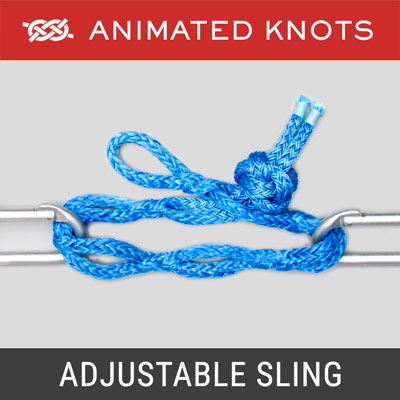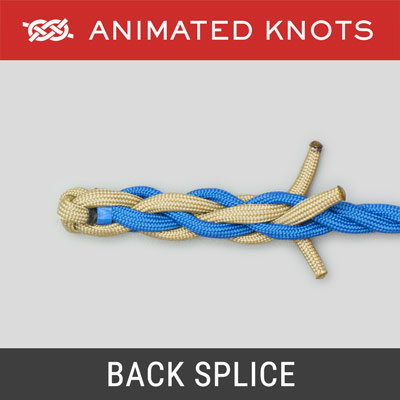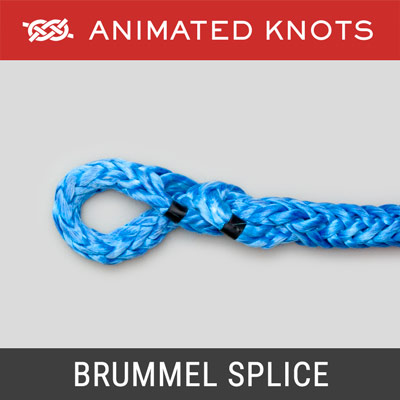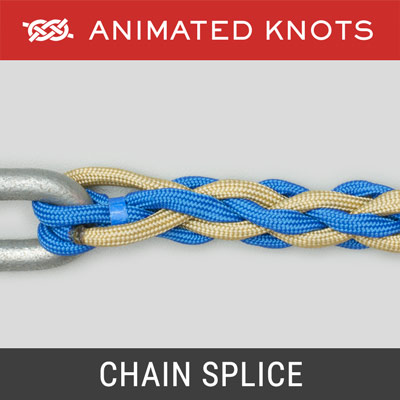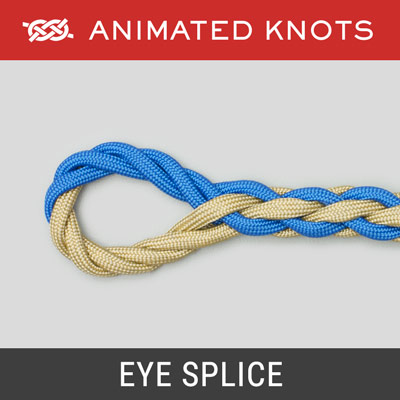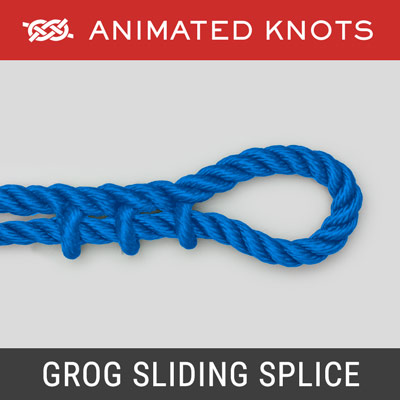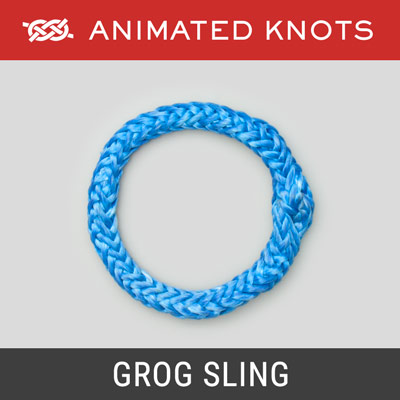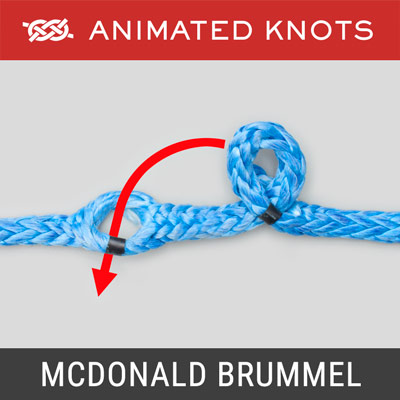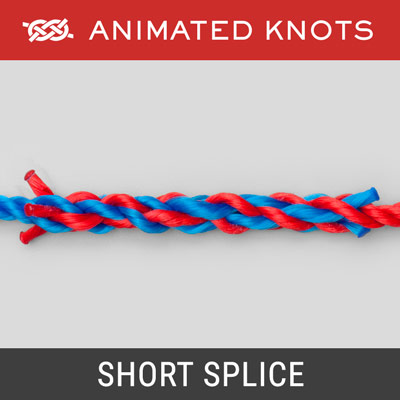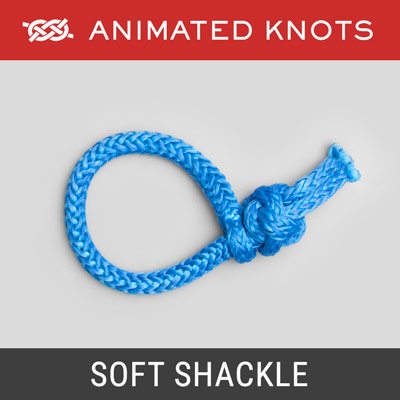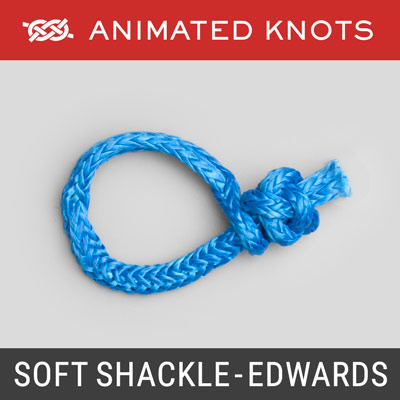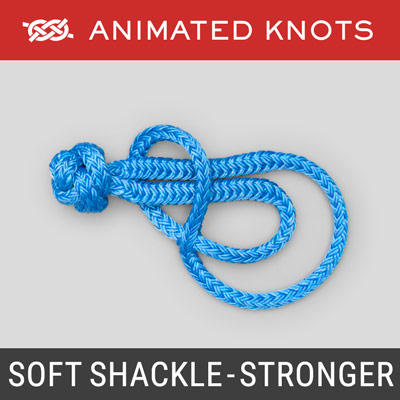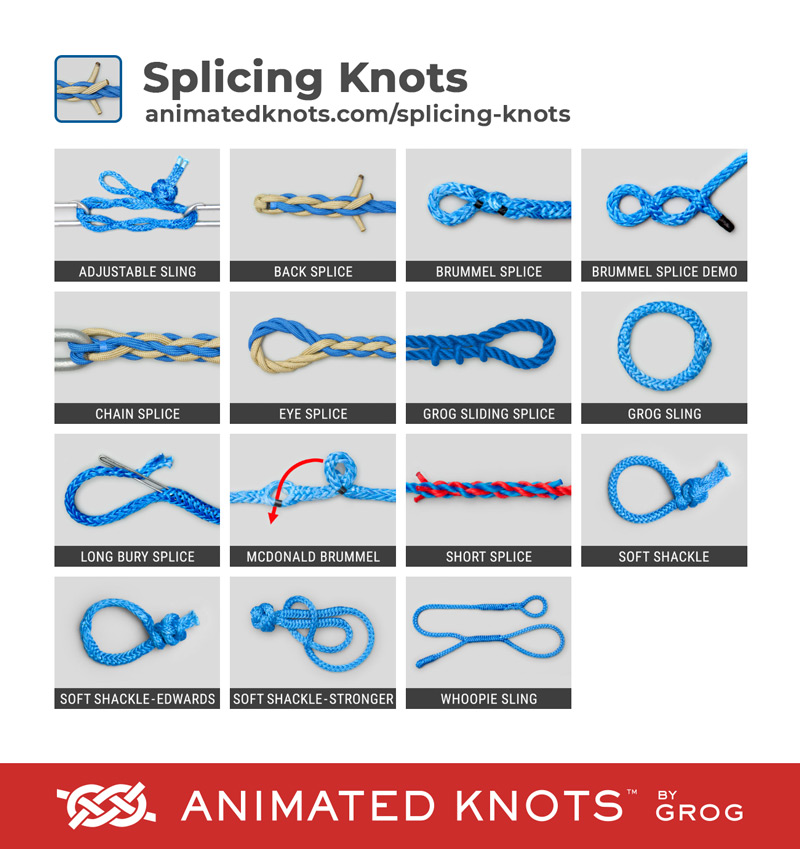No results found.
No results found.
No results found.
Welcome to the Splicing Section
Advantages of Splicing
A Splice is usually significantly stronger than a knot and is intended to be permanent. Undoing a splice and re-making it takes much more time than doing the same with most knots.
Strength
Careful tapering of the strands, or of the buried end, preserves strength; it ensures a gradual transition of the fiber-alignment in the strands of the standing end. With tapering, a breaking strain approaching 100% of the rope's rated strength is possible - especially with the Brummel and Long Bury techniques.
Exception
The Sliding Splice is the exception. We created it to make a Sailor's Rope Belt – for which it is well suited – and was never intended to take a critical load. Some workers installing electricity cables, however, have reported using the same splice to haul cables through buried pipes.
Appropriate Splicing Techniques
Modern, strong, high modulus fibers are often slippery and cannot be secured with customarily trustworthy knots and splices. These fibers encouraged the development of the loosely woven, hollow braid ropes in which the fiber-alignment maximized strength. These ropes require suitable splicing techniques such as the Brummel and Long Bury. The ropes yield excellent strength from the fibers, and the splices weaken the ropes hardly at all.
Secure Loop in 3-Strand Rope
Eye Splice
Join Two 3-Strand Ropes
Short Splice
Adjustable Loop in 3-Strand Rope
Grog's Sliding splice
Stop End of Rope Fraying
Back Splice
Join Chain to 3-Strand Rope
Chain Splice
Create Rope Slings
Adjustable Button Sling
Grog Sling
Hammock Tensioner
Locked Brummel Splice Demo
Brummel using Both Ends
Brummel Splice Technique
Brummel using One End
Brummel McDonald Technique
Brummel using McDonald Method
Long Bury Splice Technique
Long Bury Splice – No Lock.
Create Shackle Using Rope
Soft Shackle replaces metal
Edwards Better Soft Shackle
Stronger Soft Shackle
Stopper to Attach Shackle
